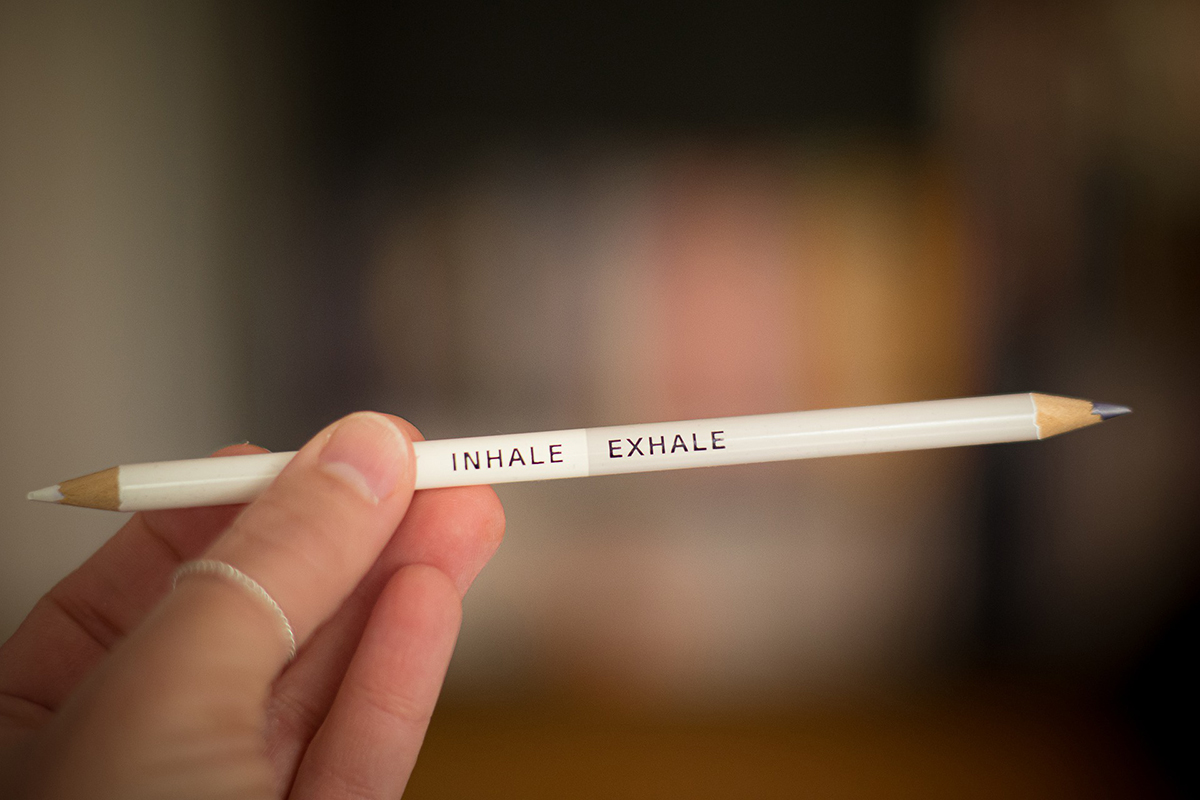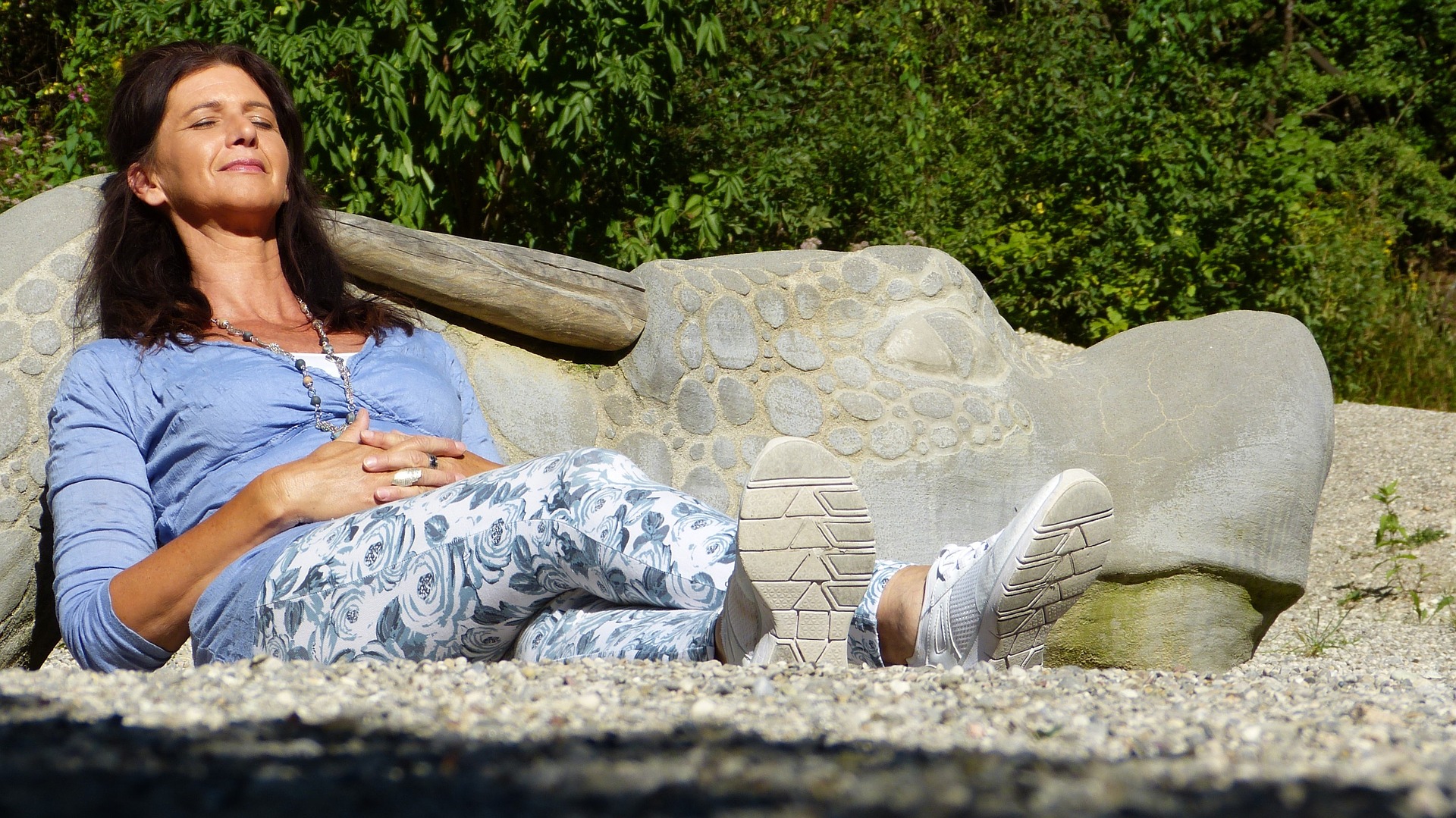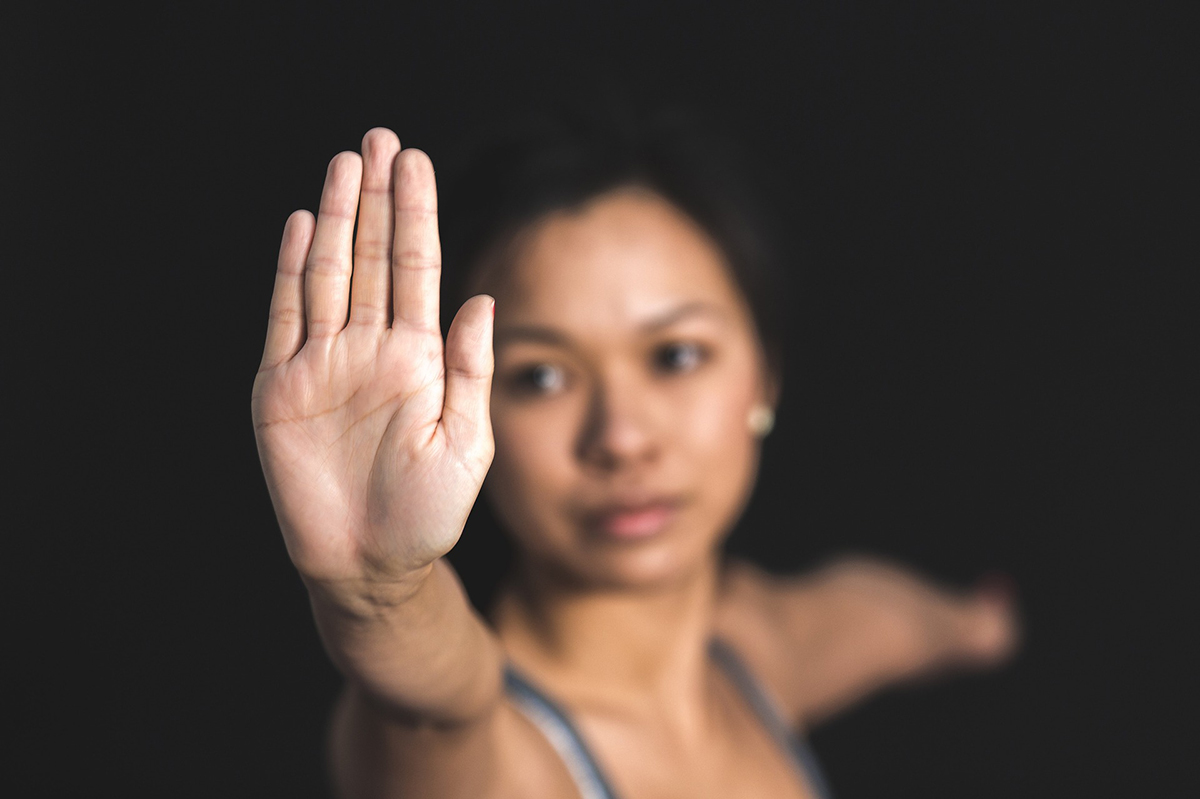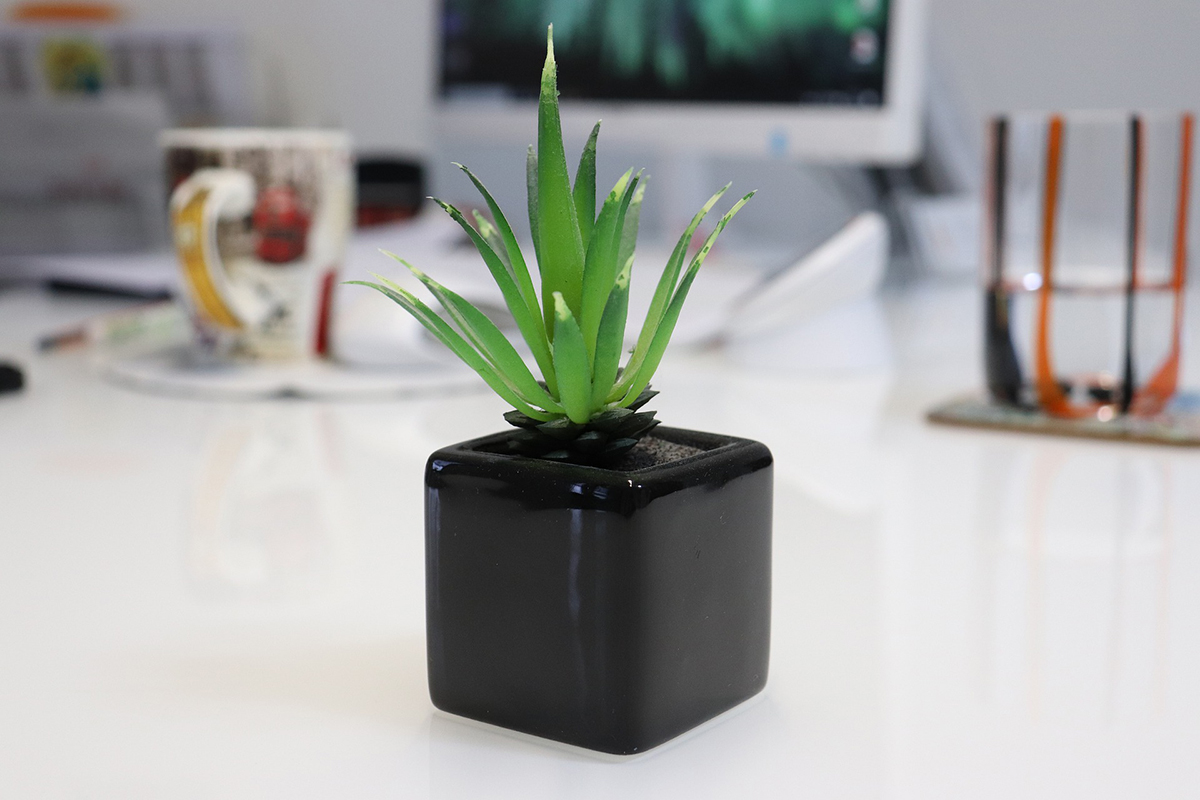Meditation isn’t something that only happens on the mountaintop, and mindfulness practice doesn’t just exist at the yoga studio.
Mindful meditations can refocus you, re-energize you, and help you to be more successful and productive. Which is why they should become an important part of your daily work routine. Taking a moment for yourself, shutting out the background noise of life, and clearing your thoughts can make a dramatic difference in your ability to handle all the stress that comes from today’s hectic law office environment.
The exercises presented here will help you reduce stress and improve focus by sharpening your cognitive abilities and keeping your mind in tip-top shape. They will help you hone traits such as focus, creativity, empathy, and listening, all of which can make legal professionals better at what they do.
These mindful meditations are designed to be used anywhere and at any time. All it takes is a little focus on your part. We suggest sprinkling these exercises throughout your workday, spending a few minutes on them every hour or so.
And if you’re worried about finding the time, well… as Dr. Sukhraj S. Dhillon says in The Art of Stress-Free Living, “You should sit in meditation for twenty minutes every day – unless you’re too busy; then you should sit for an hour.”

Exercises
1. Mindful Breathing Countdown
A mindful approach to breathing forms the basis of many more complex types of meditation, but it can also be a powerful tool on its own. This is a great thing to do at the end of your morning commute, on the elevator in your office building, or any time you need to refocus at your desk.
- How Long it Takes
- At least 1 minute.
- How To Do It
- Let your eyelids grow heavy or close your eyes completely.
- Take a slow, deep breath in through your nose, then exhale slowly through your mouth.
- Focus on the sensation of the air moving past your nostrils and lips, and on the sounds of your breath.
- Repeat this breathing cycle for at least one minute (you may want to set a timer to help with this).
- What’s the Benefit?
- Focusing on your breathing will help alleviate stress, center your attention, and bring about a sense of control.
- Why it Works
- Deep, controlled breathing has been shown to lower cortisol levels, resulting in lower levels of stress.

2. Body Scan
Body scan is another basic approach to mindful awareness. Anyone who has taken a yoga class has probably done some variation of the body scan at some point. It’s a great way to refocus your mind and recharge your ability to concentrate.
- How Long it Takes
- 3 to 10 minutes.
- How To Do It
- Sit or lie down in a quiet space, such as an empty conference room or a nearby park. Close your eyes if you’d like.
- Focus your attention at the very top of your head, then slowly bring your attention down to your forehead, through your jaw, and on past your neck.
- Try to relax each part of the body you’re focused on. If your thoughts wander, simply acknowledge it and return focus to yourself.
- Practice slow, controlled breaths as you continue to scan your attention down your whole body, all the way to your toes.
- What’s the Benefit?
- Taking a few minutes in a quiet space will re-energize you and help you find a new sense of focus.
- Why it Works
- Slow, deep breathing in a quiet environment will lower your stress levels and leave you feeling recharged.


3. Mindful Stretching
Not only does a mindful stretch bring your mind’s attention back to what matters, it helps alleviate the kinks and cramps that come from office life. Whether you want a more subtle stretch or seek to re-energize yourself with something a little more active, taking a few moments to loosen the body and clear the mind will help make your days more productive.
- How Long it Takes
- 20 seconds to a few minutes.
- How To Do It
- Sit upright in your chair and extend your arms straight up above you, palms facing forward.
- Breathe deeply and slowly in through your nose. Try to fill your lower belly with air before letting your chest expand. Exhale slowly through your mouth. Focus your attention on your breathing and let other thoughts of the day slip away.
- Continue to breathe slowly and deeply. As you inhale, try pushing your fingers even farther into the air. As you exhale, feel the muscles in your arms and shoulders relax.
- To make the stretch more active, reach each hand up as though you’re picking apples from a tree, alternating from side to side as you breathe.
- After a few rounds of breath, lower your arms and shake them loose. Repeat the stretch as many times as you’d like.
- Search for other stretches you can do at your desk and apply the same focused breathing techniques above to transform them into mindful stretches!
- What’s the Benefit?
- Mindful stretching will help clear your mind and release areas of tension in your body.
- Why it Works
- Stretching helps to reduce fatigue, realign your posture, and prevent pain.

4. Calming Visualization
Creating a visual in your mind is an effective meditation technique. If all you knew about meditation before reading this article came from the movies, this is probably what you were expecting to read about. “Picture yourself standing on the banks of a cool, clean mountain lake,” for example. But visualization is a useful form of meditation that can have a very calming effect.
- How Long it Takes
- 1 minute.
- How To Do It
- Close your eyes and picture your favorite outdoor space. Maybe it’s a waterfall at the end of a long hike, or a tree you used to climb as a kid.
- As you breathe deeply, try to picture more and more details of the place in your mind. Focus on colors, shapes, and movements.
- Try to recall the way things smelled, the way they sounded, and the way they felt. Were you in the warm sunshine or in a cool lake? Do all you can to put yourself back in that moment, at that place.
- Continue to breathe as you pull yourself out of the visualization, tucking it away to return to again later.
- What’s the Benefit?
- Give yourself an escape from stress by visiting a calming memory from the past.
- Why it Works
- The combination of relaxed breathing and powerful visualization helps reduce stress and reset your mind.

5. Object Meditation
Stop and smell the roses… Literally. Object meditation is the mindful observation of another thing. It’s particularly effective with objects from nature, which make it a great excuse to brighten up your workplace with some freshly cut flowers.
- How Long it Takes
- At least 1 minute.
- How To Do It
- Focus your attention on an object at your desk. Choose something natural, such as a flower or a seashell.
- Slow your breathing, and let your mind come to rest fully upon the object you’re studying.
- As you continue to breathe, try not to notice anything else around you except for your focus object. If your thoughts start to wander, simply redirect them back onto the object.
- Let your eyes explore every aspect of the object, as though you are seeing it for the first time. Think about where it came from, and how it fits into the greater context of your surroundings.
- What’s the Benefit?
- A meditative object makes it easier for your mind to focus, allowing you to reduce stress and collect your thoughts.
- Why it Works
- Keeping this object in your office space creates a gentle reminder to remain focused and energized.

6. The Water Meditation
There’s a different benefit to the water cooler besides having a place to talk about the latest happenings or whatever Netflix series your office is currently addicted to. The human body is mostly water, and a mindful approach to drinking can be a powerful exercise in connection.
- How Long it Takes
- 30 seconds to a minute
- How To Do It
- Pour yourself a glass of water. Pay attention to the way it takes shape in the glass. Notice its movement. Take note of any tiny air bubbles or droplets within the glass.
- Take a sip of the water and hold it in your mouth. Note its flavor. Feel how its temperature contrasts with that of your body.
- Gently swallow and feel the water entering your body. Try to track it all the way down your throat into your stomach.
- What’s the Benefit?
- The simple act of drinking water can become a powerful calming experience.
- Why it Works
- Hydration helps the brain function more effectively and transforming a habitual act into a mindful experience is one of the key tenets of mindful meditation.

7. Walking Meditation
You may already get up and go for a walk around the office when things get stressful. That can easily become an act of meditation! You get the whole body moving, which can have an important impact. Add a component of mindfulness by being conscious of what you observe as you walk.
- How Long it Takes
- 5 minutes or more
- How To Do It
- Get up and take a walk. You can have a destination in mind, or you can simply pick a direction and wander.
- As you walk, focus on taking in the sights and sounds of the world around you. If something catches your attention, give yourself permission to stop and examine it a while.
- Breathe slowly and deeply while you walk. Try to clear the thoughts from your mind – if you find yourself thinking about more than what’s in front of you, just draw your attention back to the present moment.
- What’s the Benefit?
- A short walk can relax your mind, give your body more energy, and help to break up your day.
- Why it Works
- The combination of movement and attentive focus can be truly powerful.
